Whether you’re in the woods or in the water, you may think of animals that you do not want to come into contact with. The ones that come to mind may be those who have sharp teeth or claws, such as bears, sharks, wild cats or others that you imagine may attack you. But many of the most dangerous animals around the world look innocent or are small in size. Here is a list of the top 10 most dangerous animals that you should stay away from.
Top 10 Most Dangerous Animals
Mosquito
The mosquito is considered one of the top ten deadliest animals for good reason. Although some species are harmless, the females of nearly all species of mosquitoes have tube like mouths with the purpose of sucking blood in order to procreate.
Mosquitoes are well known carriers and transmitters of serious, often fatal diseases such as yellow fever, filariasis, west nile virus, and malaria. More than two million people die every year as a result of disease spread by mosquitoes.
Africanized Honey Bee
Africanized honey bees, also known as killer bees, were originally created by cross breeding African bees with European bees in an effort to produce more honey. They were kept in quarantine until 26 swarms of them escaped in 1957. This caused them to spread out from Europe and into America. The extent of the location of these bees increases year over year.
These bees are known for their defensive behavior and tendency to swarm in excessively large numbers. They are much more aggressive than regular bees and chase perceived threats for a much longer distance.
Deathstalker Scorpion
The Deathstalker Scorpion lives in desert regions from North Africa to the Middle East. This yellow scorpion can grow up to 77 millimeters in length.
The scorpion's venom is lethal for adults, but its sting is extremely painful. This is not the case with old, sick or young people, whose risk of dying is much greater, even if antivenin is used as treatment. This type of scorpion is the 3rd most venomous worldwide and is responsible for 75% of deaths caused by scorpion stings each year.
Boomslang
The boomslang is a deadly snake that resides south of the Sahara desert in Africa. These snakes normally only bite when they feel threatened. After being bitten, it takes a while for the effects of the venom to take place, so victims may experience a false sense of security, believing that they will not become sick, even while their blood ceases to clot.
These snakes can grow up to 160 cm in length and range in color from light green or blue to brown. They have 3 fangs that are 3-5 millimeters long with a 0.5 millimeter diameter.
Box Jellyfish
The box jellyfish is known for its cube-like shape and potentially fatal sting. They are faster than other jellyfish and can move at rates of 6 meters per minute. They also have better sight and more guided actions than other jellyfish due to their more complex nervous system. They also actively hunt their prey rather than wait for their prey to come. Stinging takes place through contact with the tentacles.
The venomous type of box jellyfish lives in the waters of the Indo-Pacific. Humans who are stung by this poisonous type of jellyfish can have their cardiovascular system collapse and encounter death within 2-5 minutes.
Great White Shark
The Great White Shark can be found in oceans around the world. It is a very large marine species that can grow up to 6.4 meters in length and weigh 3324 kilograms.
This shark attacks unprovoked and has killed more humans in water than any other species, making it one of the 10 most dangerous animals worldwide. The Great White Shark travels in clans of between two and six sharks, and tends to attack with surprise from below using great speed. They hunt most often in the morning when they are harder to be spotted by their prey.
Polar Bear
The polar bear is native to the land and water within the Arctic Circle. It is the largest meat-eating animal in the world, and can weigh up to 700 kilograms and can be up to 3 meters in length. Polar bears are excellent swimmers and very effective predators with their keen sense of smell. Their food of choice is seals.
Although polar bears are more apt to run than fight when provoked, they have been known to attack, kill, and eat humans. They are also fearless and very powerful, and have no natural predators.
Cape Buffalo
The Cape buffalo is a large bovine-like animal which can grow 1.7 meters tall and 3.4 meters long. They weigh up to 900 kilograms. Cape buffalos are very dangerous to humans and are known to kill in excess of 200 people every year by ramming and trampling them. They are known to attack without being provoked, and have very thick skin that requires the use of a powerful rifle to slow them down.
The Cape buffalo kills more people in Africa on an annual basis than any other animal, making it one of the 10 most dangerous animals in the world.
African Bush Elephant
The African bush elephant is the largest animal living on land, growing up to nearly 4 meters tall and averaging 5.5 tons in weight.
These elephants only eat vegetation, so would not attack a human for food. They are one of the top 10 most dangerous animals because of their staggering strength and power. They are smart, have excellent hearing, and are fearless. They can also run at a speed of 25 miles/hour. The male experiences periods known as musth where they are extremely aggressive and will attack anything that disturbs them.
Hippopotamus
The Hippopotamus lives in Africa in areas south of the Sahara desert, and is the third largest land animal in the world. It is an extremely large animal, weighing in at up to 1500 kilograms. Although they have short legs, they can run up to 30 km/hour.
The hippopotamus is very unpredictable and aggressive which makes it one of the 10 most dangerous animals in the world. Although they are primarily plant-eaters, they have been known to attack and kill people with their massive size, unexpectedly and without being provoked.


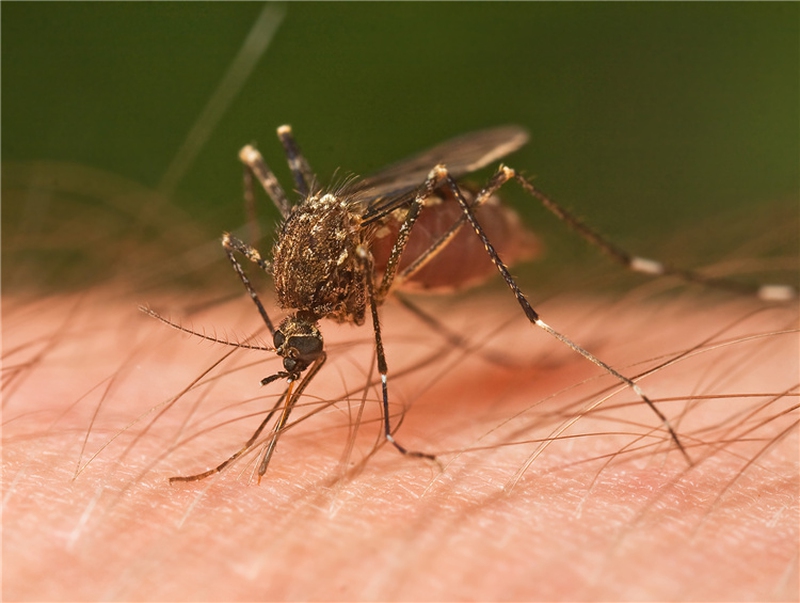
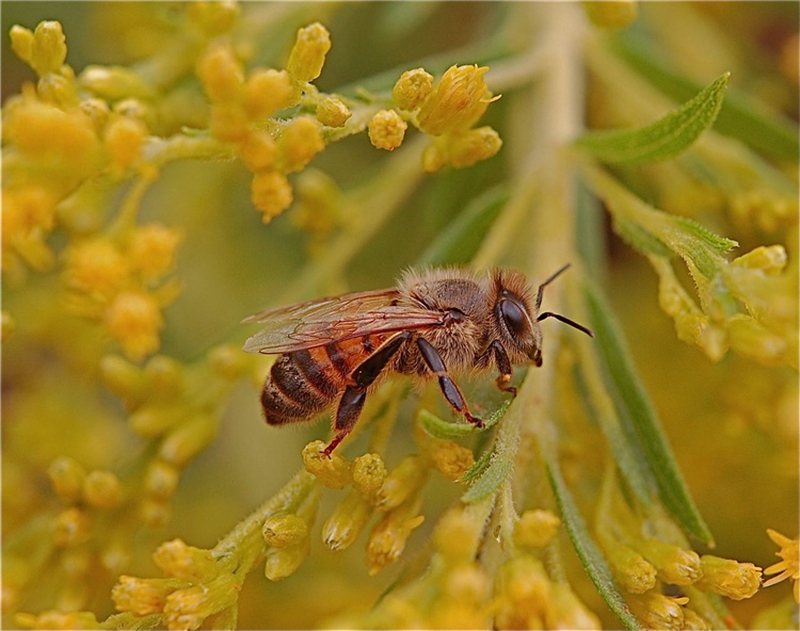
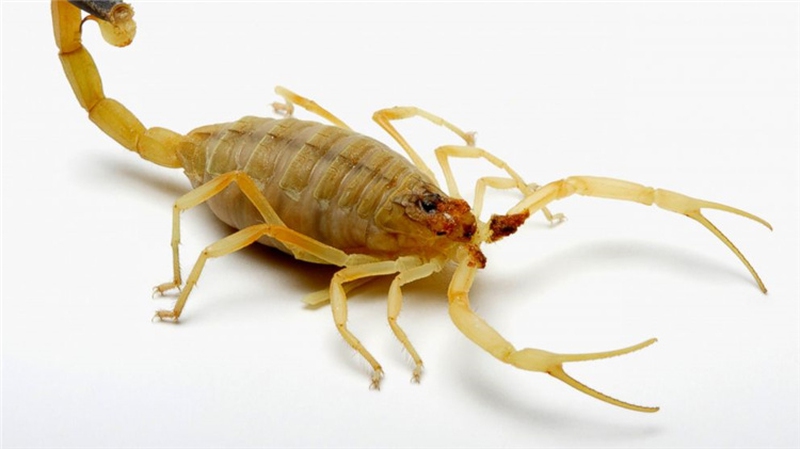
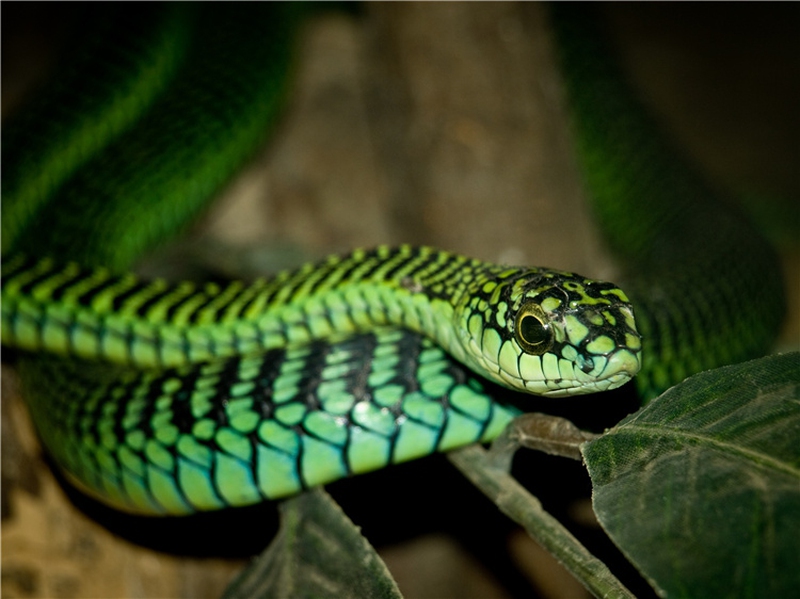



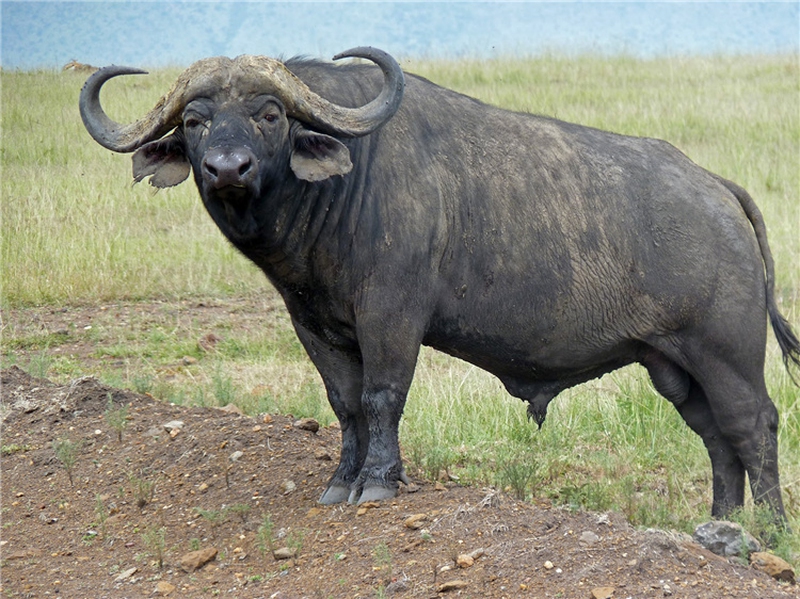

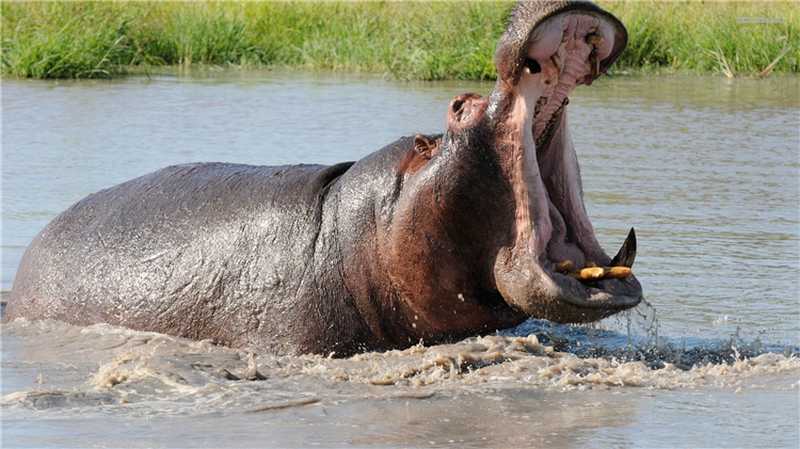
View All Comments /Add Comment